Disclosure: This article contains affiliate links. We may earn a commission from purchases at no extra cost to you, which helps our travel content.
As I stepped off the plane at Laredo International Airport, the winter sun cast a gentle golden hue across the South Texas landscape—a stark contrast to the grey skies I'd left behind in Cork. Here, where the Rio Grande draws its sinuous border between nations, I found a city that defies simple categorization. Laredo isn't merely a transit point between countries but rather a fascinating cultural confluence where histories, languages, and traditions blend with remarkable harmony. My father would have appreciated this place, I thought—a border town where the railway once played a pivotal role in connecting distant worlds, much like the stories he shared from his own travels.
Finding One's Bearings in Historic San Agustín
My exploration of Laredo began, as I believe all meaningful journeys should, by orienting myself within its historical heart. The San Agustín Historic District unfolds around a central plaza that has witnessed nearly 270 years of frontier history. The cathedral's weathered stone façade tells silent stories of Spanish colonization, Mexican independence, and eventually, American annexation.
I spent my first morning simply wandering the district's grid of streets, pausing frequently to admire colonial architecture and the occasional burst of contemporary murals that add splashes of vibrant color to the historic palette. The Laredo Center for the Arts, housed in a converted convent building, offered a thoughtful exhibition on borderland identity that proved the perfect introduction to the city's complex heritage.
As midday approached and temperatures climbed (a welcome reprieve from European winter), I settled at a small café where the proprietor, noticing my guidebook, insisted I try machacado con huevo—a local breakfast specialty of dried beef scrambled with eggs. 'In Laredo,' she told me in melodious Spanglish, 'we don't separate our Mexican soul from our American heart.' This sentiment would become my guiding principle for understanding the city.
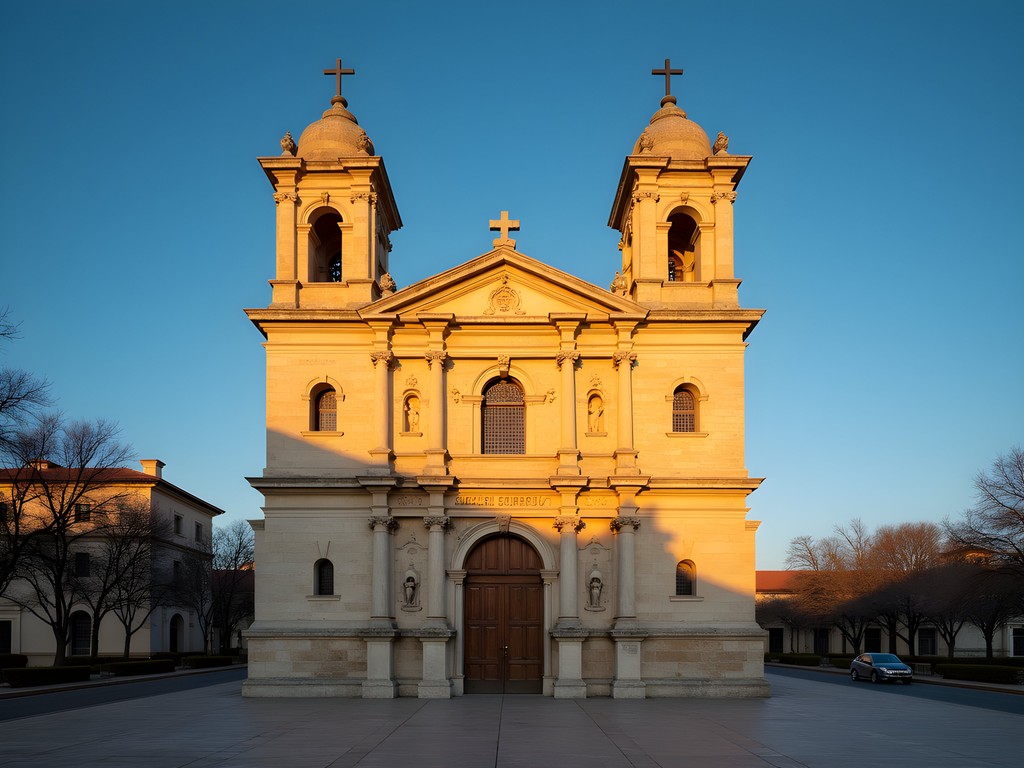
💡 Pro Tips
- Start your exploration early to avoid the midday heat, even in winter
- The San Agustín Historic District is compact and walkable—leave your car behind
- Many businesses operate on 'border time'—a relaxed schedule that might see shops opening later than posted hours
Navigating the Cultural Crossroads
Laredo's bicultural identity manifests most vividly in its everyday rhythms. Spanish and English intertwine in casual conversation, often mid-sentence, creating a linguistic tapestry that feels both foreign and familiar. I found myself increasingly comfortable with this verbal dance, my university Spanish resurfacing in fragments as I navigated local markets and family-owned restaurants.
The Republic of the Río Grande Museum provided fascinating context for understanding how this region once briefly declared itself an independent nation—a historical footnote that nonetheless continues to influence local identity. The museum's collection of period artifacts and detailed maps helped me visualize the shifting geopolitical boundaries that have defined this landscape.
For dinner, I ventured to El Mesón de San Agustín, where the chef's interpretation of traditional Northern Mexican cuisine with subtle Texan influences perfectly embodied the city's cultural fusion. I've learned through years of solo travel that sitting at the bar often leads to the most interesting conversations, and this evening proved no exception. A local historian nursing a glass of mezcal shared stories of the city's railroad heritage, immediately reminding me of my father's passion for train journeys.
Before turning in for the night at my centrally-located accommodation, I made notes in my weatherproof notebook—an essential companion for any thoughtful traveler wishing to preserve observations regardless of climate conditions.
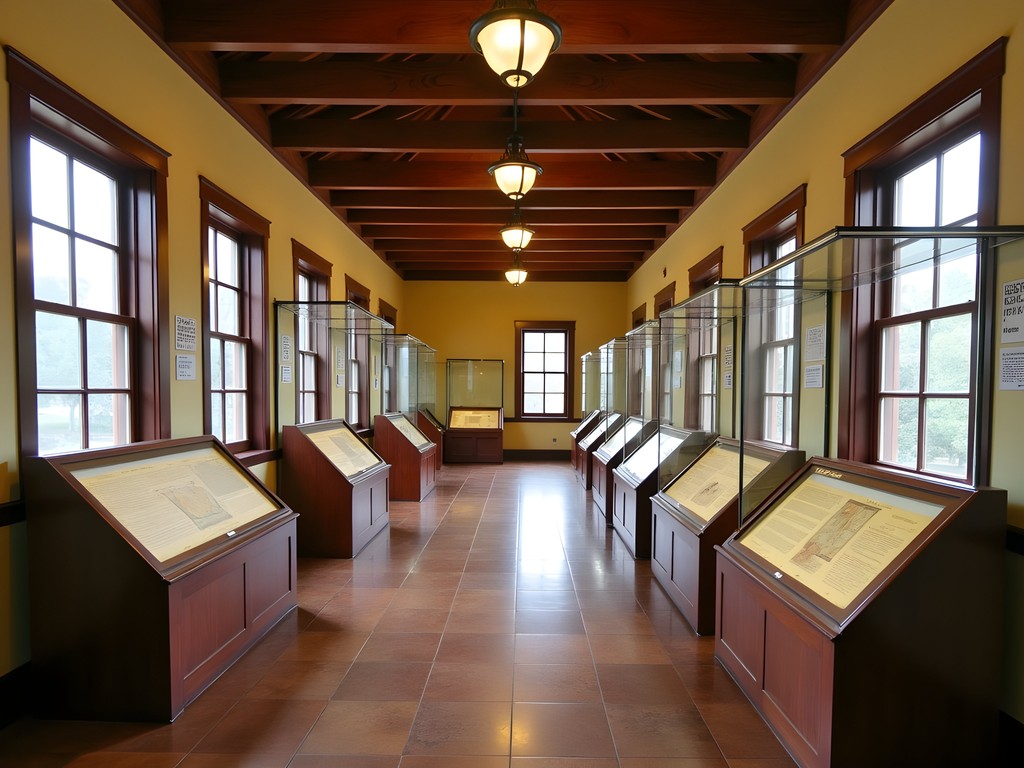
💡 Pro Tips
- Learn basic Spanish phrases—locals appreciate the effort even if your pronunciation isn't perfect
- Visit the Republic of the Río Grande Museum early in your trip for valuable historical context
- Ask locals for restaurant recommendations—the best authentic cuisine is often found in unassuming family establishments
The Rhythm of the Rio Grande
No visit to Laredo would be complete without spending time along the Rio Grande itself—the natural feature that has shaped the region's history, economy, and identity. The river appears in different guises throughout the city: sometimes as background scenery, other times as the central character in the borderland narrative.
I dedicated a full day to exploring the river's significance, beginning with an early morning visit to the Laredo Water Museum, where interactive exhibits explain the river's ecological importance and the complex water rights agreements between the United States and Mexico. The museum's panoramic windows frame the river beautifully, offering contemplative views that contrast with the political rhetoric often associated with this waterway.
For a more intimate perspective, I joined a guided kayaking excursion along a calm stretch of the river. Our guide, a lifetime resident with ancestral ties to both sides of the border, pointed out native wildlife while sharing stories of how the river has connected rather than divided communities for centuries. The winter temperatures made for perfect paddling conditions—warm enough to be comfortable but not oppressively hot as summer months can be.
Before setting out on the water, I applied generous amounts of mineral sunscreen, which proved essential under the bright Texas sun. The river's reflective surface intensifies UV exposure, making proper sun protection crucial even in winter months.
Later, as sunset approached, I found myself at the Tres Laredos Park, where observation platforms offer views across to Nuevo Laredo, Mexico. Watching families call to each other across the international boundary, I was struck by how arbitrary yet consequential these divisions can be. A street performer played haunting melodies on a traditional guitar nearby, the music floating across the water—a reminder that cultural expressions recognize no borders.

💡 Pro Tips
- Book river excursions at least a day in advance—the best guides fill up quickly
- Bring proper sun protection regardless of season—the river's reflective surface intensifies UV exposure
- Visit Tres Laredos Park at sunset for the most atmospheric views across to Mexico
Mercado Traditions and Culinary Explorations
Laredo's markets offer perhaps the most authentic glimpse into local life, and I devoted considerable time to exploring these vibrant commercial spaces. The historic San Agustín Plaza transforms each weekend into an open-air market where vendors from both sides of the border (prior to crossing restrictions) would traditionally gather to sell handcrafts, regional foods, and vintage curiosities.
The indoor El Centro de Laredo marketplace provides a more permanent version of this experience, with narrow aisles flanked by small shops selling everything from hand-tooled leather goods to medicinal herbs and religious iconography. I spent a delightful afternoon here practicing my Spanish with patient shopkeepers and selecting small gifts for friends back home—each item carrying a story of borderland craftsmanship.
The culinary landscape of Laredo deserves special mention for solo travelers. While dining alone can feel awkward in some destinations, here I found it opened doors to conversation and connection. At La India Packing Company, a century-old grocery store with a small kitchen in the back, I discovered tamales made from a recipe unchanged since 1924. The proprietor insisted I try their special chile pequin hot sauce, a fiery local condiment that's become a staple in my travel kitchen since returning home.
For those seeking to recreate authentic border cuisine, I recommend purchasing a molcajete, the traditional stone mortar and pestle essential for proper salsa preparation. Mine has become a cherished souvenir that brings the flavors of Laredo to my kitchen in Cork.
While exploring the markets, I noticed locals carrying distinctive water bottles designed for the region's heat. After inquiring, I purchased a insulated water bottle that kept my water refreshingly cold throughout long days of exploration—an investment that has served me well on subsequent travels to warm climates.
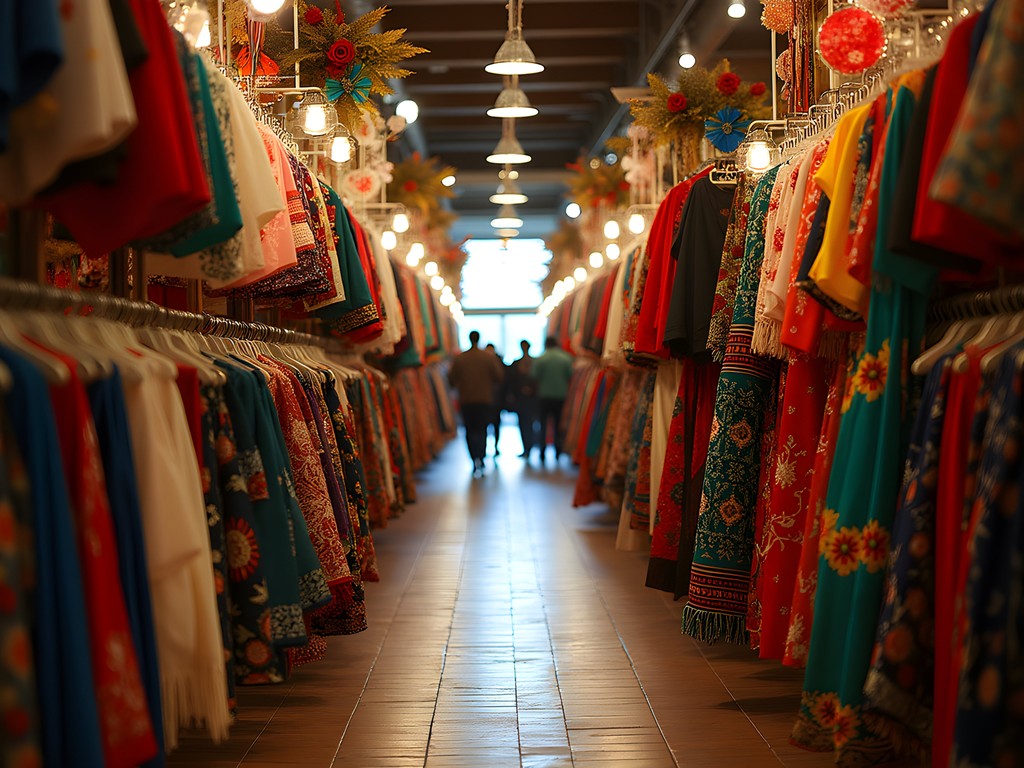
💡 Pro Tips
- Visit El Centro de Laredo on weekday mornings when it's less crowded and shopkeepers have time for conversation
- Bring cash for market purchases—many vendors don't accept cards
- Don't hesitate to dine alone—Laredo's restaurants are accustomed to solo travelers and often offer counter seating
Crossing Boundaries: Day Trip to Nuevo Laredo
While many travelers approach the Mexican border with trepidation—often fueled by sensationalized media reports—a thoughtful day trip to Nuevo Laredo offers invaluable perspective on the interconnected nature of these sister cities. I researched thoroughly before my visit, consulting both local sources and current travel advisories to make an informed decision.
The pedestrian crossing process was straightforward, though I ensured I had appropriate identification and followed all border protocols. I arranged my visit during daylight hours and stayed within the main tourist and shopping districts near the border. For added security and local knowledge, I engaged a recommended guide who helped navigate the mercado district and explained the historical significance of landmarks like the Cathedral of the Holy Spirit.
The sensory experience of Nuevo Laredo provides immediate contrast—different rhythms of speech, distinctive aromas from street food vendors, and architectural styles that reflect a different colonial inheritance. At the Mercado Maclovio Herrera, I observed artisans creating traditional crafts and purchased a hand-embroidered textile that now hangs in my study.
For those planning a similar crossing, I recommend carrying a money belt worn discreetly under clothing. This practical security measure allowed me to carry only what I needed while keeping valuables secure and inconspicuous.
Returning to the American side in late afternoon, I was struck by how the simple act of crossing an arbitrary line could transport one between worlds that are simultaneously so different yet deeply connected. The immigration officer, noting my British accent, asked about my impressions of the borderlands. 'Complicated,' I replied, 'in all the most interesting ways.'
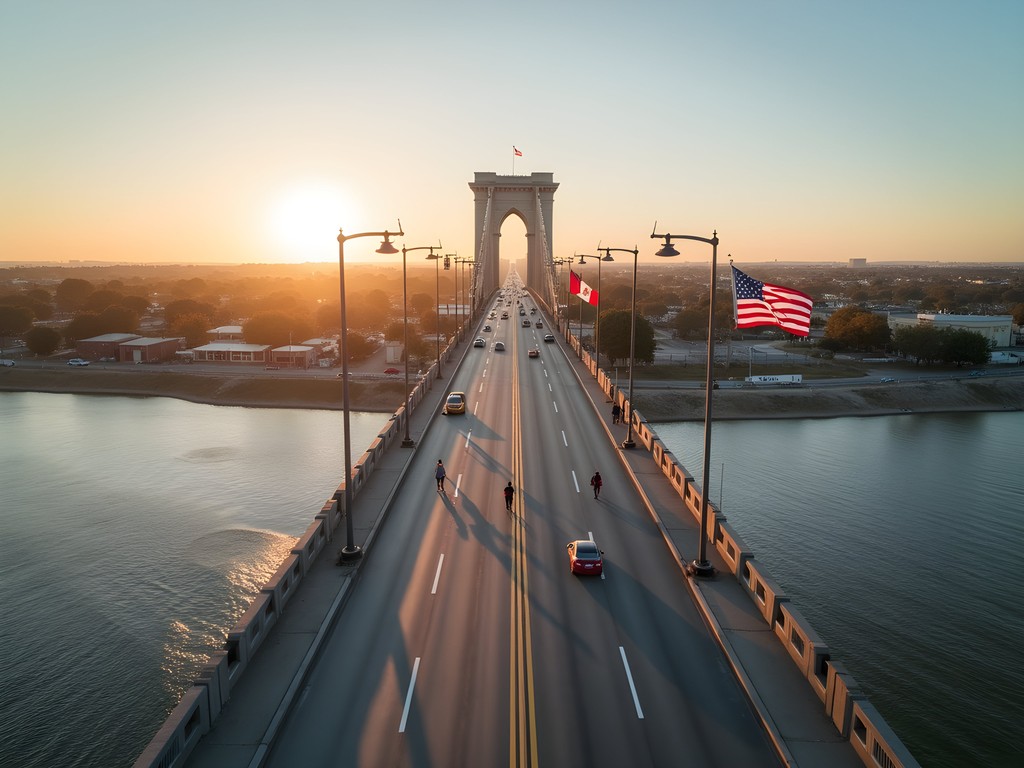
💡 Pro Tips
- Check current travel advisories before planning a border crossing
- Bring your passport and ensure you understand entry requirements for both countries
- Consider hiring a local guide for the most insightful experience of Nuevo Laredo
- Plan to return to the U.S. side well before evening
Final Thoughts
As my week in Laredo drew to a close, I found myself sitting at a café near San Agustín Plaza, watching the interplay of languages, cultures, and histories that defines this remarkable border city. Laredo defies easy categorization—it is neither fully American nor Mexican, but rather something altogether unique, forged in the crucible of geographical circumstance and human resilience.
For the thoughtful solo traveler, Laredo offers rare insights into how arbitrary political boundaries both divide and unite communities. The city rewards those who approach with curiosity rather than preconception, who listen more than they speak, and who recognize that cultural frontiers are rarely as defined as the lines on our maps suggest.
As I packed my bags for departure, carefully wrapping the small treasures I'd collected—a hand-painted tile from a local artist, a vintage railway map that would have delighted my father, a small bottle of chile pequin—I realized that Laredo had shifted something in my understanding of borders. They are not merely places where things end, but equally where they begin—liminal spaces where identity is negotiated, reinvented, and celebrated in all its complexity.
I shall return, perhaps in the spring when the wildflowers paint the surrounding countryside, to continue exploring this fascinating cultural confluence where the Rio Grande both separates and connects two great nations.
✨ Key Takeaways
- Laredo's bicultural identity offers a unique window into borderland dynamics that transcend political rhetoric
- Winter provides ideal temperatures for exploring this South Texas city without the extreme heat of summer months
- The city rewards slow travel—take time to engage with locals and understand the nuanced cultural landscape
- Border crossings require preparation but offer valuable perspective on the interconnected nature of border communities
📋 Practical Information
Best Time to Visit
November through February
Budget Estimate
$100-150 per day including accommodation, meals, and activities
Recommended Duration
5-7 days
Difficulty Level
Intermediate



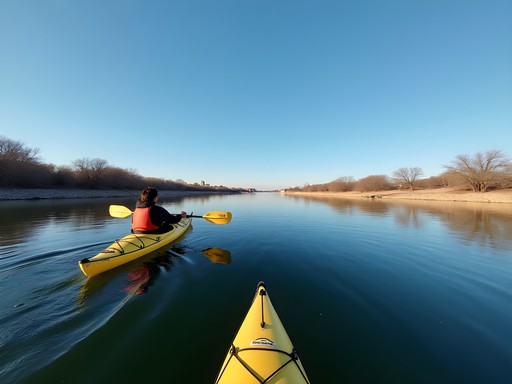
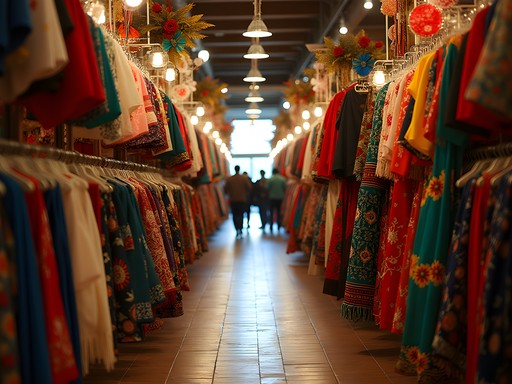



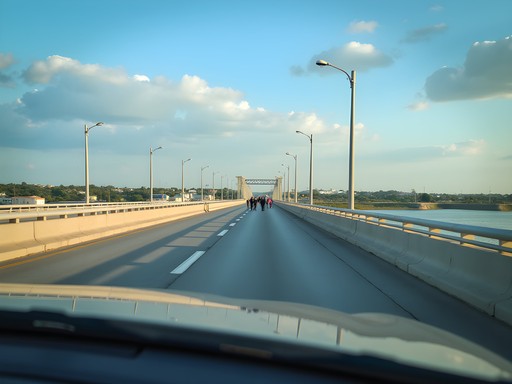
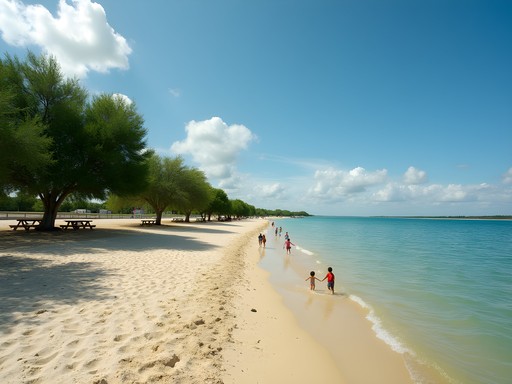
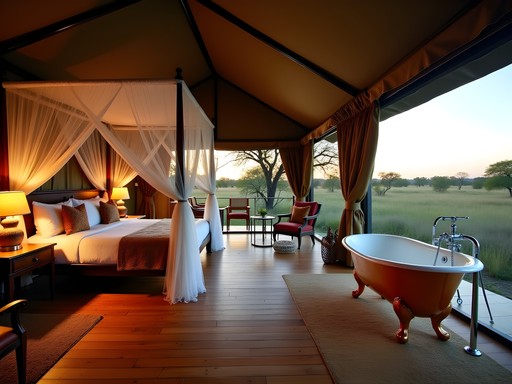
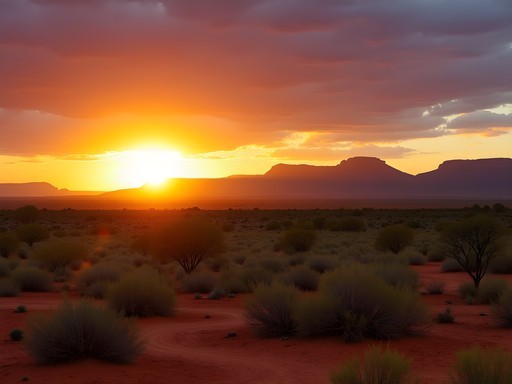


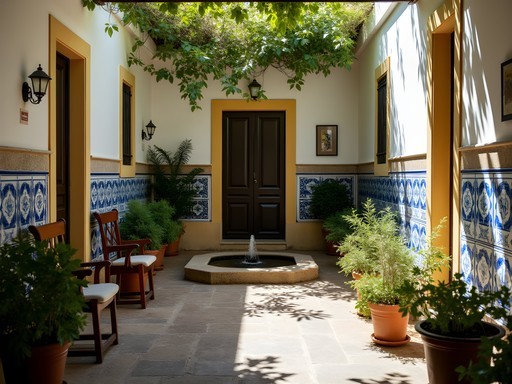

Comments
oceanwalker
Did you cross over to Nuevo Laredo at all? Wondering if it's worth adding that to my itinerary when I visit.
Edward Hill
I did cross over for a day trip. It's definitely a different experience from the US side. If you go, I recommend using a guide service for your first visit - they can navigate the area efficiently and take you to authentic spots. Remember to bring your passport and check travel advisories before crossing.
Mason Ferrari
To add to Edward's advice - walking across the Gateway to the Americas Bridge is straightforward, but be prepared for the return crossing to take longer due to US border control. I'd suggest going early in the day and being back well before sunset. The Mercado Maclovio Herrera is worth visiting for local crafts.
Robert Moreau
Edward, your piece brought me back to my unexpected layover in Laredo three years ago when a flight cancellation turned into a three-day adventure. What began as frustration transformed into one of those serendipitous travel experiences we treasure. I found myself wandering the same streets you described, captivated by the seamless blend of cultures. The mercado section of your guide particularly resonated - those handcrafted leather goods are exceptional. I still use the travel journal I purchased there. One tip for readers: don't miss the small art galleries tucked between the more touristy shops - they showcase incredible local talent and provide a deeper understanding of the borderland aesthetic. Your writing captures that authentic Laredo rhythm perfectly!
mountainone
How safe did you feel as a solo traveler in Laredo? I've heard mixed things about border cities and I'm planning a trip through Texas next spring.
Edward Hill
Great question! I felt completely safe in the main tourist and business areas. Like any city, there are areas to avoid, especially at night. The locals were incredibly helpful in giving advice about where to go. Just use common sense - don't flash valuables, be aware of your surroundings, and you'll be fine.
redking
I was worried about this too when I went last year, but ended up feeling totally comfortable. The downtown area around San Agustín is well-patrolled and full of families, even in the evenings.
Mason Ferrari
Edward, your assessment of Laredo as a cultural crossroads is spot on. I visited last year and was struck by how the border identity shapes daily life there. The section on navigating public transportation was particularly useful - El Metro is indeed underrated for exploring the city's neighborhoods. One thing I'd add is that the historic buildings around San Agustín are best photographed in early morning light before the harsh midday sun washes out the details. Did you make it to Lake Casa Blanca? The state park there offers a different perspective on the region's natural environment away from the urban center.
Edward Hill
Thanks for the thoughtful comment, Mason. You're right about the morning light - I found myself getting up early most days for that reason. I did make it to Lake Casa Blanca on day 5 but didn't include it in this post as I'm planning a separate piece on day trips from Laredo. The birdwatching there was exceptional!
Mason Ferrari
Looking forward to that follow-up piece then! The birding diversity in that area is indeed remarkable - a hidden gem for nature enthusiasts.
photoone
If anyone's heading to Laredo, don't miss the birding opportunities! I spotted 23 species in one morning at the Rio Grande riverbanks. The locals told me winter is best for migratory species. Bring binoculars!
adventurechamp
Never thought of Laredo as a destination! Your photos of San Agustín Plaza are amazing.
Edward Hill
Thanks! The plaza really comes alive in the evenings - definitely worth experiencing if you visit.
skybuddy
Great write-up! How safe did you feel as a solo traveler? I'm planning a trip through Texas border towns and wondering if I should adjust my itinerary at all.
photoone
Not the author but I solo traveled there last year (30F) and felt completely safe in the tourist areas and downtown. Just use normal city precautions. The riverwalk area is well patrolled and I even walked around at dusk with no issues.
Douglas Bradley
Edward provides a refreshingly nuanced take on a border city that's often misrepresented in mainstream media. The cultural analysis of how language shifts block by block is particularly astute. I'd add that timing is crucial when visiting Laredo - February's Washington's Birthday Celebration brings incredible energy to the city with its month-long festivities, while summer months can be brutally hot for walking tours. The section on navigating local transportation could benefit from mentioning the El Metro system's reliability issues during peak hours, though the $1.50 flat fare remains one of the best transit values in Texas.
wavephotographer
Just got back from Laredo myself! Edward's description of the cultural blend is spot on. I spent three days exploring the historic district and could've stayed longer. The locals were so welcoming, especially when I attempted my broken Spanish. Pro tip: visit the Republic of the Rio Grande Museum early on a weekday - I had the whole place to myself and the curator gave me a personal tour that wasn't even on the official schedule. Also, the street food near San Agustín Plaza after 6pm is INCREDIBLE. Try the elotes!
wanderking
Great post! Heading there next month.
photoone
You'll love it! Don't miss the tacos at El Meson de San Agustín - life changing!
wanderking
Thanks for the tip! Adding it to my list.
Venture X
Premium card with 2X miles, $300 travel credit, Priority Pass